Three times a year the Israelites were commanded by God to ascend to Jerusalem and observe His appointed times. The Feasts of the LORD were to be observed and celebrated just as God commanded. Each feast would have prophetic significance regarding the plan of God for the salvation of mankind and the establishment of God’s kingdom on earth:
Three times a year all your males shall appear before the LORD your God at the place that he will choose: at the Feast of Unleavened Bread, at the Feast of Weeks, and at the Feast of Booths. They shall not appear before the LORD empty-handed. Every man shall give as he is able, according to the blessing of the LORD your God that he has given you. – Deut. 16:16-17
The three Feasts of the LORD are Passover (also called the “Feast of Unleavened Bread”), the Feast of Weeks (“Shavuot” in Hebrew and “Pentecost” in Greek), and the Feast of Booths (Tabernacles). These Feasts of the LORD marked the year for the Jewish people; from Passover to the Feast of Booths, from spring until fall, and from the beginning of the harvest season to its end (Ex. 23:14-16).
God established His timetable for mankind through His chosen people and through His Appointed Feasts. For each of these feasts, all of the men of Israel were to appear before the LORD at the place that He would choose (Ex. 23:17. Deut. 16:16). The final place that God chose to place His name for His people to assemble was in the city of Jerusalem (2 Chronicles 6:6).
Each of the three Feasts of the LORD which are mentioned above have significance both in the revelation of the Messiah and in the coming Kingdom of our LORD. Yeshua fulfilled the Feast of Passover by becoming the final Passover lamb and redeeming all of mankind for those who believe (1 Cor. 5:7). The Holy Spirit was given to the believers in Yeshua at the Feast of Weeks (Acts 2). We also know that the Feast of Booths is connected to the return of the Messiah when He comes to reign for one thousand years on earth (Zech. 14:16-19). To read more about the prophetic connection to the Feasts of God I recommend reading the following article: The Appointed Times of God.
Shavuot
The Feast of Weeks, Pentecost (from the Greek) or better known as “Shavuot” in Hebrew and amongst the Jewish people, will be observed this year on May 29, 2020 with celebrations beginning on the evening of May 28. Biblically Shavuot is directly tied to Passover by its dating process. Passover begins on the 15th of Nisan, according to the Hebrew calendar. Then the observation of the First Fruits of the Wave Offering is counted from the day after the Sabbath of Passover week (Lev. 23:9-15). In today’s terms, the Wave Offering is observed on the Sunday following Passover, which will always be a different date on the Hebrew calendar. Shavuot is then calculated seven weeks from the day of the Wave Offering. The word for “weeks” in Hebrew is “שבועות” – “shavuot,” hence the name “Shavuot:”
You shall count seven full weeks from the day after the Sabbath, from the day that you brought the sheaf of the wave offering. You shall count fifty days to the day after the seventh Sabbath. Then you shall present a grain offering of new grain to the LORD. You shall bring from your dwelling places two loaves of bread to be waved, made of two tenths of an ephah. They shall be of fine flour, and they shall be baked with leaven, as first fruits to the LORD. – Lev. 23:15-17
Shavuot is understood in Judaism as the completion of Passover. Passover occurs during the month of Nisan (Aviv), which is the first month on the Biblical Calendar. During Passover week, which is called the Feast of Unleavened Bread, there is also the observation of the Wave Offering of the First Fruits. Then seven weeks from the Wave Offering of the First Fruits is another first fruits of the grain offering, The Feast of Weeks or Shavuot, which is observed with two loaves of leavened bread. There is no separating these three appointed times of God; Passover, the Wave Offering of the First Fruits, and the first fruits of the grain offering at Shavuot. All three appointed times are interdependent and connected to one another. This connection between Passover and Shavuot was not by accident but was established by Divine design. To read more about the significance of the dating of the Wave offering of the First Fruits to Passover and Shavuot, I recommend the following article: Pharisees, Sadducees, & the Resurrection

The Hope of Shavuot
Yeshua became the Passover Lamb who took away the sin of the world by His death on the cross on the first day of Passover. Yeshua was then raised from the dead three days later, on the day of the Wave Offering, by the power of God, putting an end to death (Acts 2:24). And exactly fifty days later, on the day of Shavuot, the Holy Spirit was given to those who believe in Yeshua (Acts 2). The giving of the Holy Spirit to believers in Yeshua is directly tied to Passover and the resurrection of Yeshua from the dead. We can read an explanation of this truth in the New Testament book of Ephesians:
In him we have obtained an inheritance, having been predestined according to the purpose of him who works all things according to the counsel of his will, so that we who were the first to hope in Messiah might be to the praise of his glory. In him you also, when you heard the word of truth, the gospel of your salvation, and believed in him, were sealed with the promised Holy Spirit, who is the guarantee of our inheritance until we acquire possession of it, to the praise of his glory. – Eph. 1:13-14
The Holy Spirit is a guarantee, for all of us who believe, that we will one day be fully redeemed as a possession by God just as Yeshua was resurrected from the dead.
The Power of the Resurrection
The Feast of Shavuot by itself has no meaning apart from the observation of Passover and the Wave Offering of the First Fruits. Just as there was a first fruits of the Wave Offering so there is a first fruits of the grain on Shavuot, fifty days later. Shavuot carries with it the hope of the resurrection from the dead. We see this teaching of resurrection in connection to Shavuot clearly illustrated in the New Testament:
Now if Messiah is proclaimed as raised from the dead, how can some of you say that there is no resurrection of the dead? But if there is no resurrection of the dead, then not even Messiah has been raised. And if Messiah has not been raised, then our preaching is in vain and your faith is in vain. We are even found to be misrepresenting God, because we testified about God that he raised Messiah, whom he did not raise if it is true that the dead are not raised. For if the dead are not raised, not even Messiah has been raised. And if Messiah has not been raised, your faith is futile and you are still in your sins. Then those also who have fallen asleep in Messiah have perished. If in Messiah we have hope in this life only, we are of all people most to be pitied.
But in fact Messiah has been raised from the dead, the first fruits of those who have fallen asleep. For as by a man came death, by a man has come also the resurrection of the dead. For as in Adam all die, so also in Messiah shall all be made alive. But each in his own order: Messiah the first fruits, then at his coming those who belong to Messiah. – 1 Corinthians 15:12-23
Yeshua’s death and resurrection during the week of Passover is the hope of our faith. If these events did not occur than neither will we be resurrected. If Yeshua was not resurrected from the grave, than we have nothing to hope for outside of this life and our faith in Him is totally meaningless.
We, however, know and believe that Yeshua died and rose again. Yeshua’s resurrection was connected to the giving of the Holy Spirit fifty days later at Shavuot as a deposit of God’s faithfulness to redeem those who believe in Yeshua. Just as Yeshua was raised from the grave as the first fruits from the dead so will we be resurrected from the dead. In celebrating the Feast of Shavuot we celebrate the giving of the Holy Spirit and the hope of the resurrection from the dead.
Lessons from Traditional Judaism
In traditional Judaism the celebration of Shavuot focuses on the giving of the Law on Mt. Sinai. Biblically this corresponds to the time frame given when Moses went up to the mountain to receive the Ten Commandments from God: “On the third new moon after the people of Israel had gone out of the land of Egypt, on that day they came into the wilderness of Sinai” (Ex. 19:1). This “third new moon” tells us that it was the third month and we know that the Feast of Shavuot occurs during the third month of the Hebrew calendar.
One of the practices of Jewish tradition is to stay up all night and study the Torah on the evening of Shavuot. This year this will occur on Thursday evening, May 28th. This particular event of studying the Torah all night is called “תיקון ליל שבועות” pronounced “Tikun Leil Shavuot,” meaning to “rectify the night of Shavuot.” What are religious Jews trying to rectify on the night of Shavuot?
When God called to Moses on Mt. Sinai He instructed Moses to prepare the people of Israel to meet Him. God told Moses that the people were to prepare themselves for three days and then to come up on the mountain (Ex. 19:10-15). On the third day Moses brought the children of Israel out of the camp to meet God (Ex. 19:16-17). Judaism teaches that the people were not ready and that is why Moses had to go down and wake them up and then bring them to God. As a result of this, religious Jews are trying to rectify this short coming from 3500 years ago by staying up all night and studying the Torah until the time of the morning prayers on the day of Shavuot: Friday, May 29, 2020.
Matan Torah – Giving of the Torah
Since the Feast of Shavuot also corresponds to the giving of the Law on Mt. Sinai, the name “מתן תורה” pronounced “Matan Torah” is also used for this feast. “Matan Torah” means the “Giving of the Torah.” It is understood in Judaism that this was like a wedding day between the Jewish people and Almighty God as the Jewish people accepted the Torah from God and agreed to walk in covenant with Him:
So Moses came and called the elders of the people, and set before them all these words which the LORD had commanded him. All the people answered together and said, “All that the LORD has spoken we will do!” And Moses brought back the words of the people to the LORD. The LORD said to Moses, “Behold, I will come to you in a thick cloud, so that the people may hear when I speak with you and may also believe in you forever.” Then Moses told the words of the people to the LORD. – Ex. 19:7-8
Today Jewish people will primarily eat dairy products on the day of Shavuot. This tradition comes from the book of the Song of Solomon which tells the story of a bride and groom, and is understood in Judaism as a spiritual picture of the groom representing God and the bride representing the Jewish people. The entire book of the Song of Solomon is read by Sephardic Jews every Friday evening as part of the prayers welcoming the Sabbath. Because of the covenant between the LORD and the Jewish people, the Torah represents God, the King, who is united together with the Jewish people.
In the discourse recorded in the text of the Song of Solomon, the bride’s mouth is compared to milk and honey: “Your lips drip nectar, my bride; honey and milk are under your tongue” (Song of Solomon 4:11). In connection to this imagery and tradition, dairy food is enjoyed during the celebration of Shavuot and the Torah is read throughout the night.
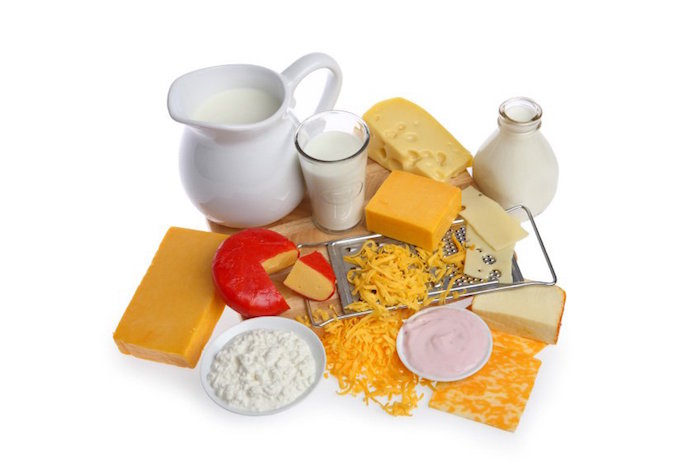
The Story of Ruth
Another Jewish tradition during Shavuot is the reading of the book of Ruth. The book of Ruth is read during Shavuot for a couple of different reasons. The first reason is because the book of Ruth occurs during the time of the grain harvest (Ruth 1:22). This correlates perfectly with the Feast of Shavuot which is an observance of the first fruits of the grain harvest. The second reason that the book of Ruth is read during Shavuot is the commitment that Ruth made to Naomi and the Jewish people:
But Ruth said, “Do not urge me to leave you or to return from following you. For where you go I will go, and where you lodge I will lodge. Your people shall be my people, and your God my God. Where you die I will die, and there will I be buried. May the LORD do so to me and more also if anything but death parts me from you.” – Ruth 1:16-17
Ruth, a Moabitess, committed her life to Naomi, to the Jewish people, and to the God of Israel. There is great respect within Judaism for Ruth, a Gentile, who totally committed herself to the God of Israel. Since Judaism understands that the Israelites committed themselves to God at the first celebration of Shavuot, the book of Ruth is read as an example of total commitment to God.
The book of Ruth is also a significant part of the Shavuot celebration because of the marriage between Ruth and Boaz. Ruth was formerly married to one of Naomi’s sons but then became a widow when he died. Ruth then fully committed herself to the Jewish people and to the God of Abraham, Isaac, and Jacob. Through the Jewish law of redemption, Boaz chose to marry Ruth and make her his wife. Boaz and Ruth had a son, Obed, who is the grandfather of King David. Since the Messiah is to come from the line of David, Ruth is highly regarded in Judaism.
Resting in God’s Faithfulness
It is beautiful to see how Jewish tradition and the faithfulness of God walk hand in hand to illustrate many spiritual truths. To begin, we can learn from Jewish tradition that when the disciples were all together in one place on the day of Shavuot (Pentecost), as recorded in Acts 2:1, they were more than likely following Jewish tradition and staying up all night in meditation on God’s Word and praying. Although they were waiting for the promise of the Holy Spirit, as Yeshua had instructed them (Acts 1:6-8), there is no evidence that the disciples expected the Holy Spirit to come upon them on that very day. They were blessed through following the words of the Messiah and keeping the Appointed Times of the Lord!
Secondly, we can see a wonderful connection between the giving of the Law and the giving of the Holy Spirit on Shavuot. Both of these events are gifts of God to His people with the giving of the Holy Spirit overshadowing the giving of the Law.
Thirdly, the book of Ruth is such a marvelous foreshadowing of the plan of God for His people. God used Ruth, a Gentile, to be part of the lineage of King David and of the Messiah. Ruth is a reminder of the heart of God to bring salvation to Jew and Gentile a like. Through Ruth we are given the Messiah who was to be the Passover Lamb and the First Fruits from the dead.
God also illustrated His resurrection power through the lives of Naomi and Ruth. Naomi saw her life as good as dead with no hope for future lineage (Ruth 1:11-13). Naomi had lost her husband and both of her sons while Ruth had lost her husband. Naomi made it clear to Ruth that there was no hope of a future for either of their situations as they returned to Bethlehem.
Despite this hopeless situation Ruth returned with Naomi to Bethlehem in faith and God blessed her with both a husband and a son. The women of Bethlehem blessed Naomi and stated that God had redeemed her life through her daughter-in-law Ruth and through the son whom she bore to Naomi (Ruth 4:14). God resurrected the lives of both Naomi and Ruth and gave them a future. Just as the book of Ruth gives us a picture of the resurrection power of God, so on Shavuot we have the hope of our resurrection from the dead based on faith in the Messiah.
The Feast of Shauvot is a wonderful time to rejoice in God for the giving of the Holy Spirit, however, it is also so much more than this. Shavuot is a constant reminder that Yeshua was victorious over death and just as He was raised from the dead so will we be raised from the dead to everlasting life.
If the Spirit of Him who raised Yeshua from the dead dwells in you, He who raised Messiah Yeshua from the dead will also give life to your mortal bodies through his Spirit who dwells in you. – Romans 8:11
Let us live our lives in the hope of the resurrection and in the power of the Holy Spirit who dwells in our mortal bodies today!
Shabbat Shalom and Chag Shavuot Sameach!
If you enjoyed reading this article, share it today with friends! We also invite you to sign up for our weekly Torah Portion commentary on the sidebar to the right.
Help keep our weekly commentaries free and available to all. Click here to donate today:
Torah Portion for Shavuot: Ex. 19:1 – Ex. 20:23
Hafatara: Ezekiel 1:1-28; 3:12
Return to Torah Portion Homepage
Copyright Jewels of Judaism. All rights reserved 2020

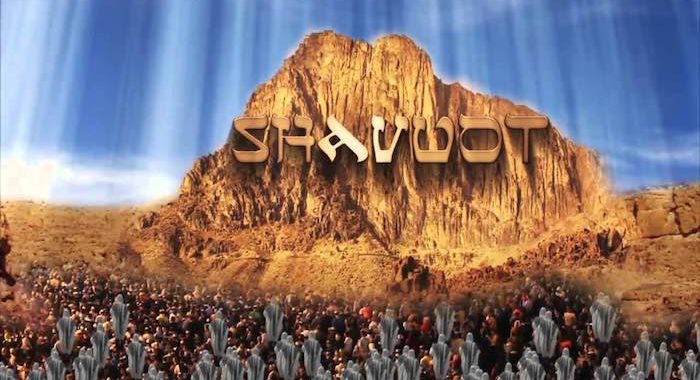
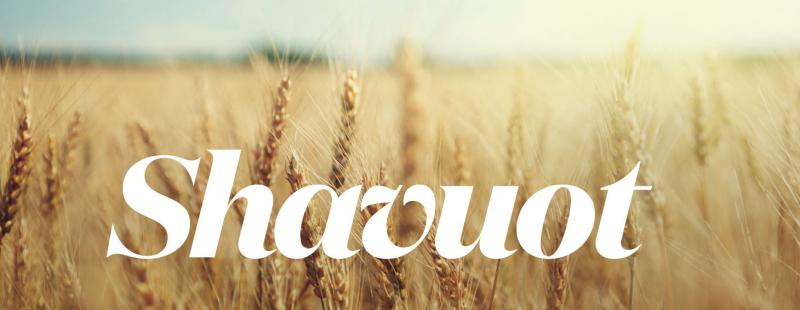
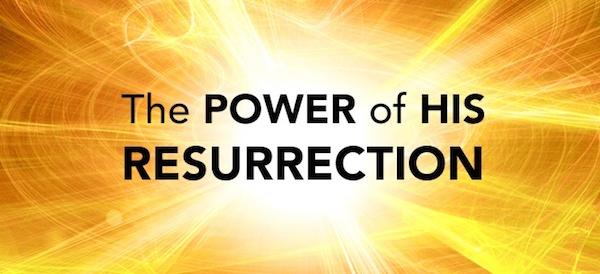
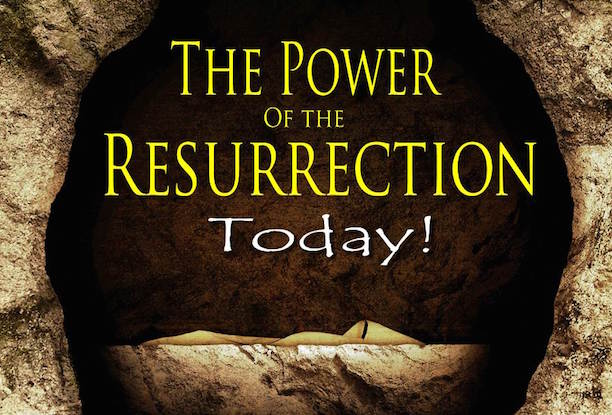

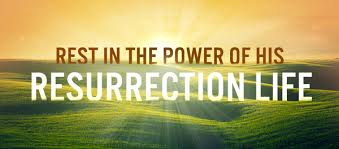


What a Blessing this article is to me again on May 30, 2020! I have a hard time following the events and understanding the various offerings but it seems to be getting clearer (I somehow forgot I read it and commented in 2017). As I read it this time I kept thinking that the Church could be Raptured at Shavuot! How Great our God is! This time I am printing it and will share it with friends. Thank you so much Daniel and God Bless your ministry.
Thanks Rosa! There are a lot of details. It is always good to review it again and again.
Blessings
Thank you Daniel for this very enlightening and clear article. I have decided to celebrate Shavout (Pentecost) this year for the first time! May God continue to bless you as you move to the new apartment and provide more than enough for you.
Daniel ~ Thank you so much for this well written explanation of Shavuot ! Very detailed in a condensed manner. Enjoyed this very much ! Chag Shavuot Sameach ! Be Blessed-Shalom !